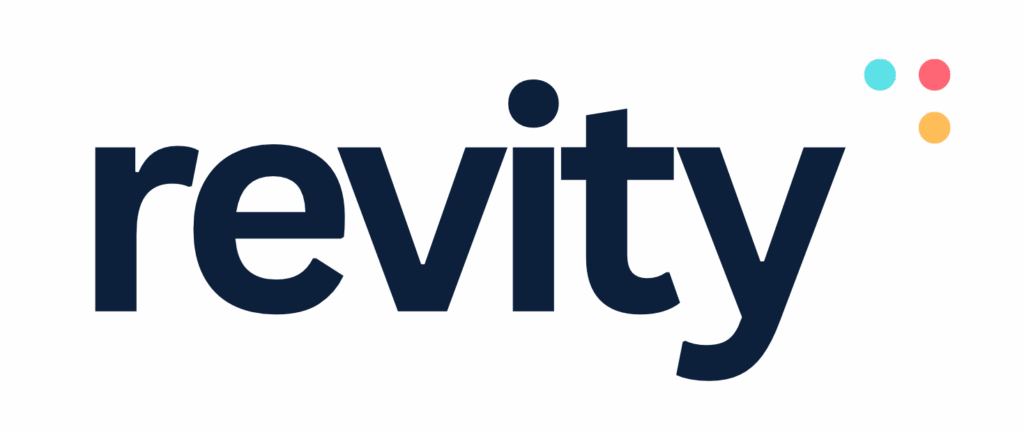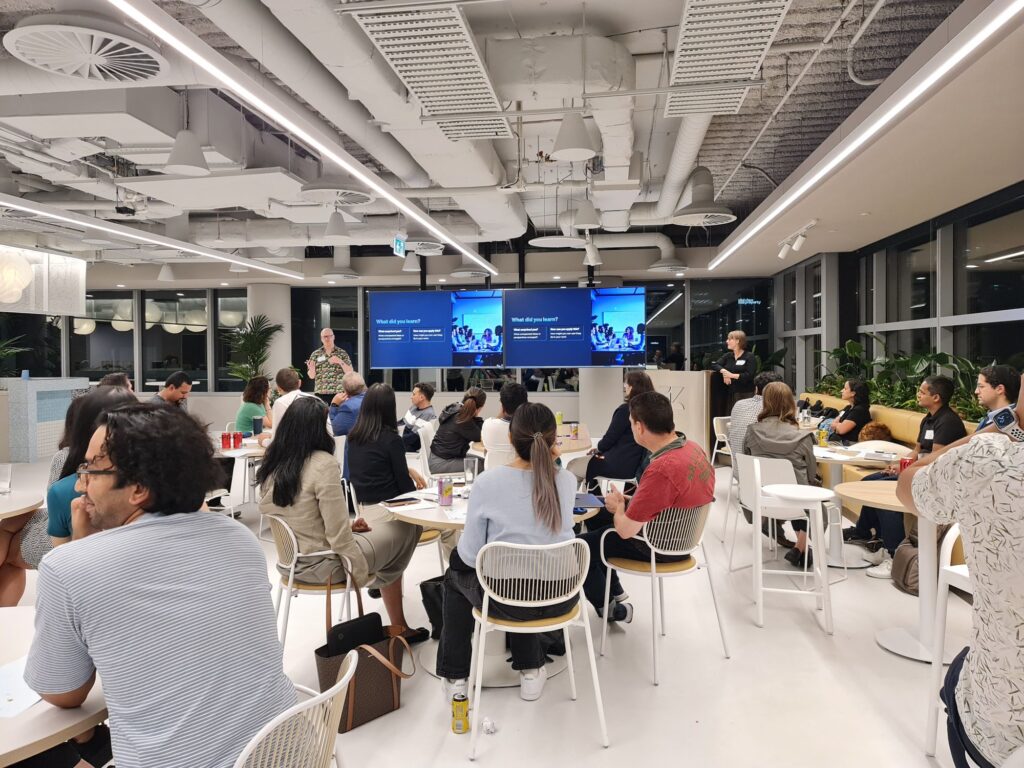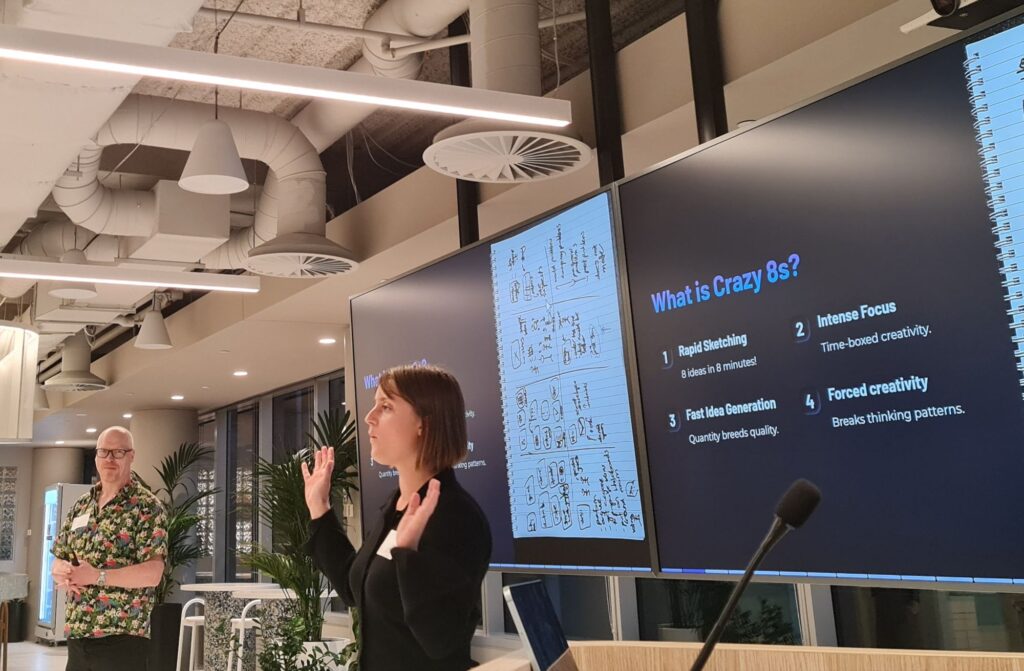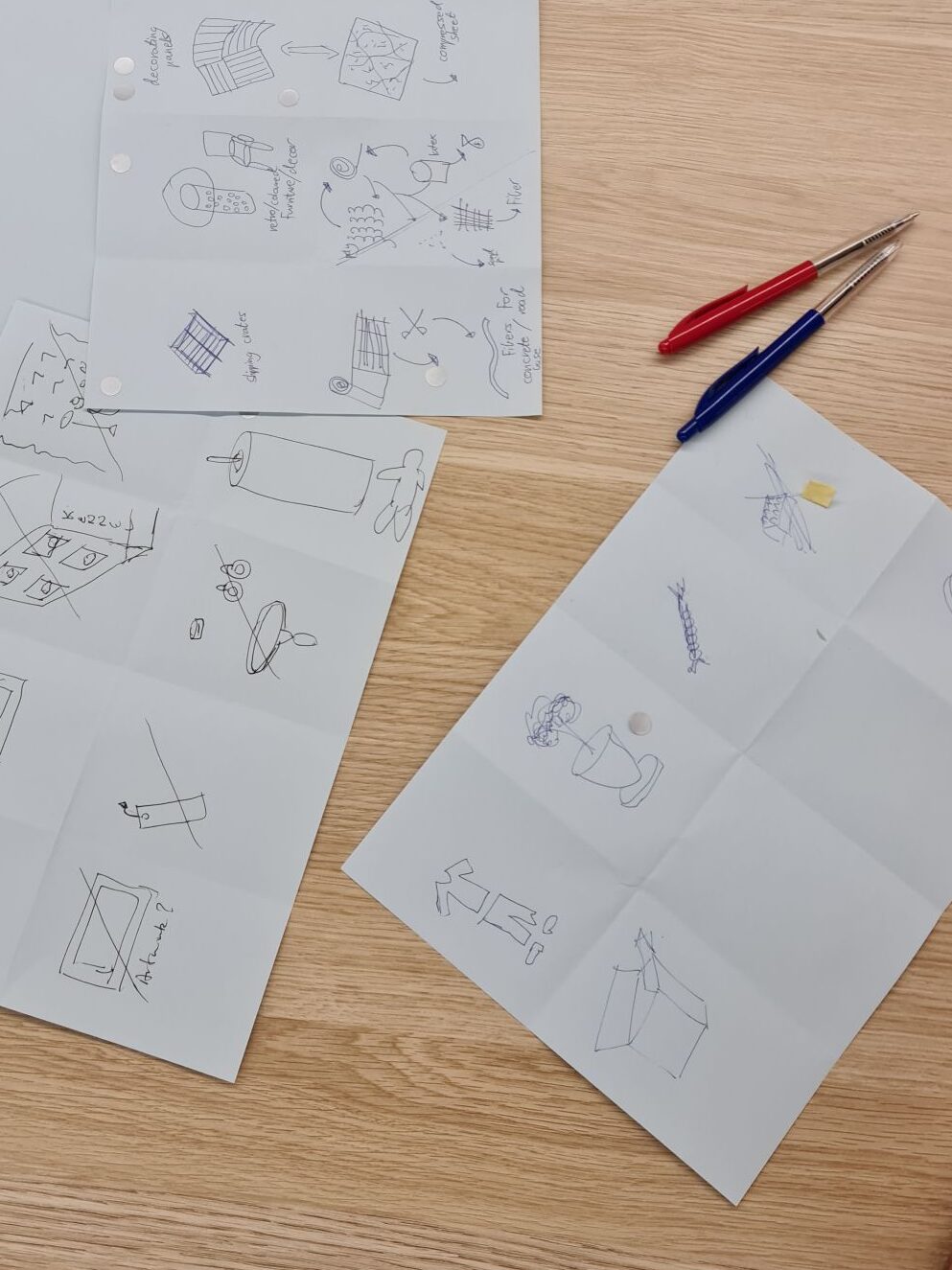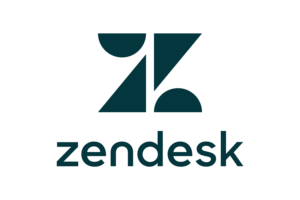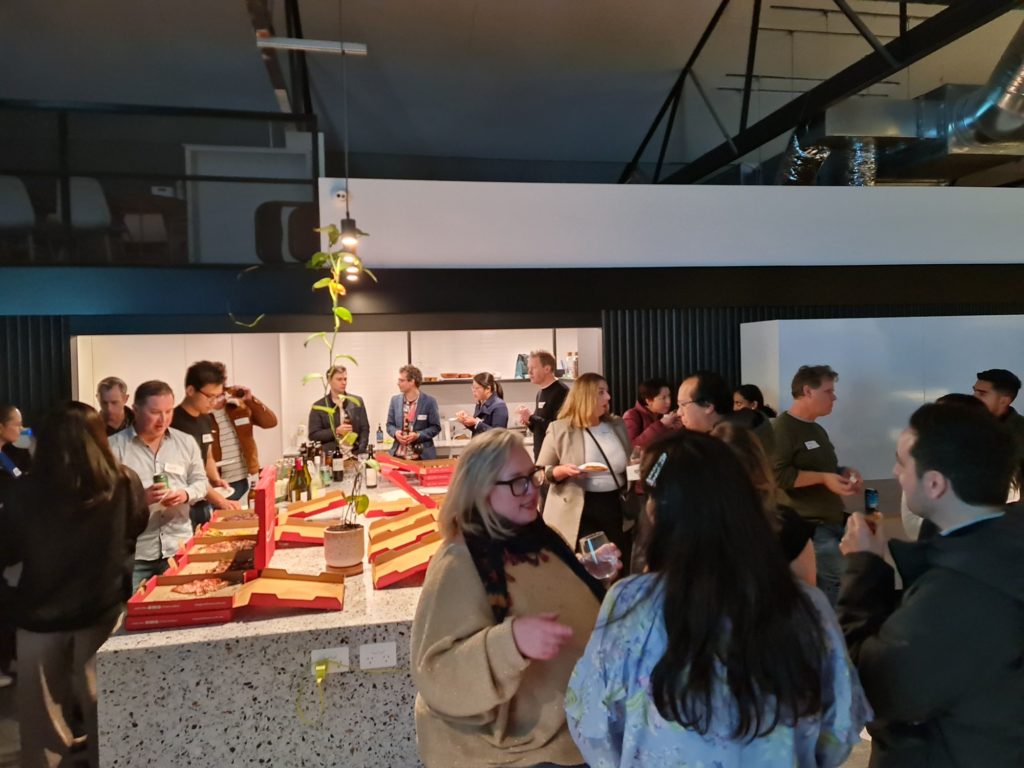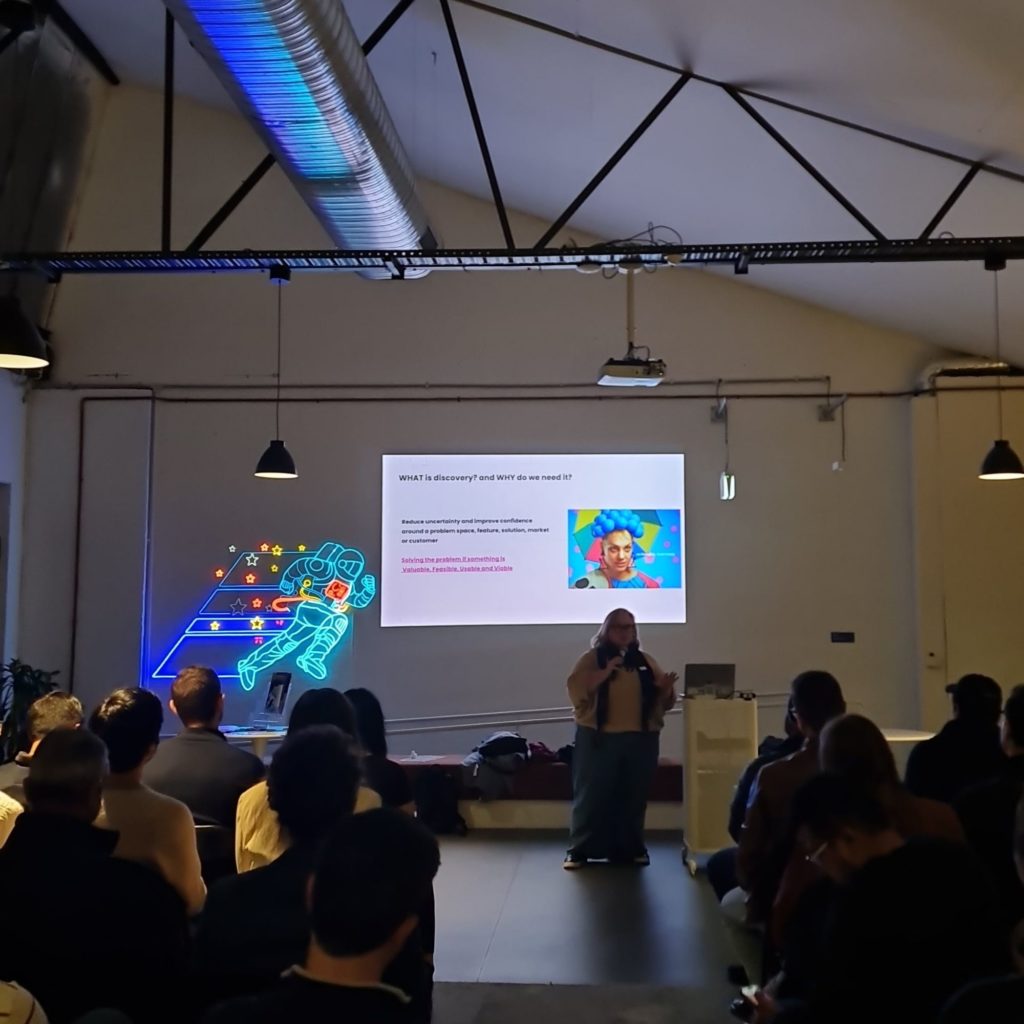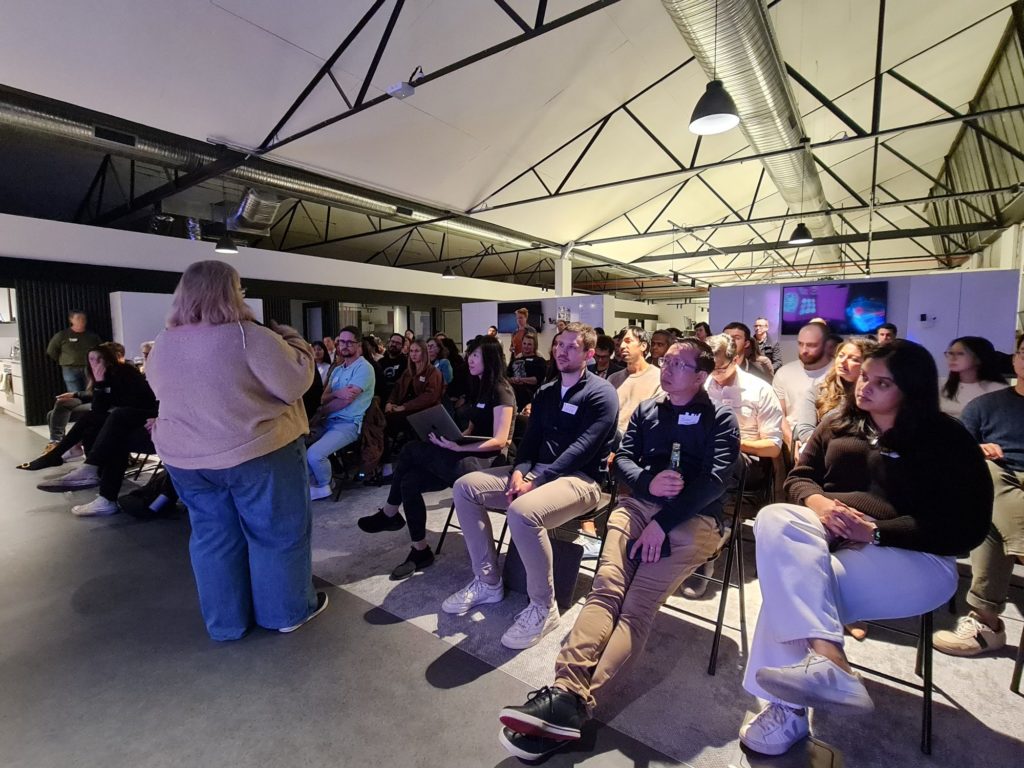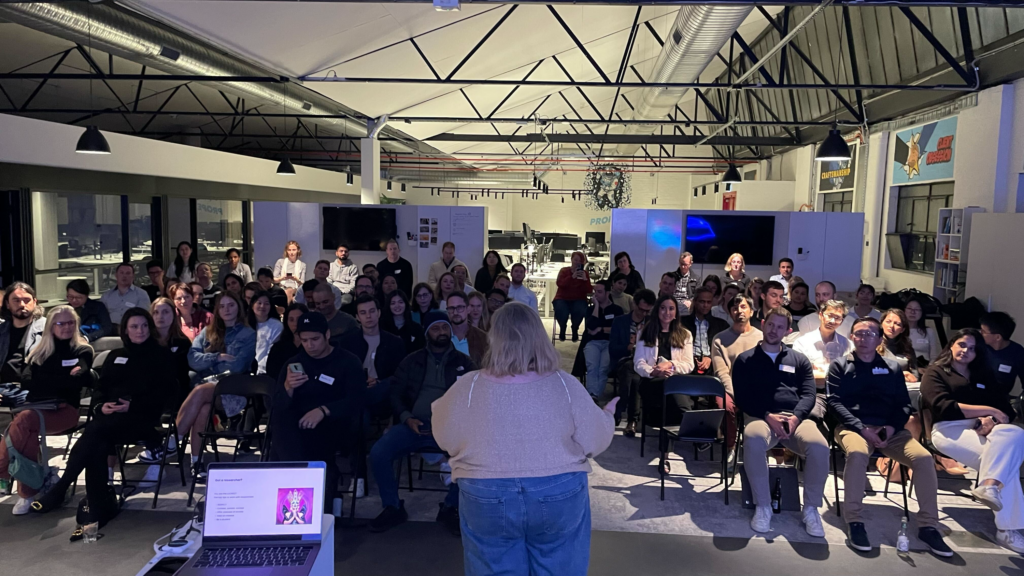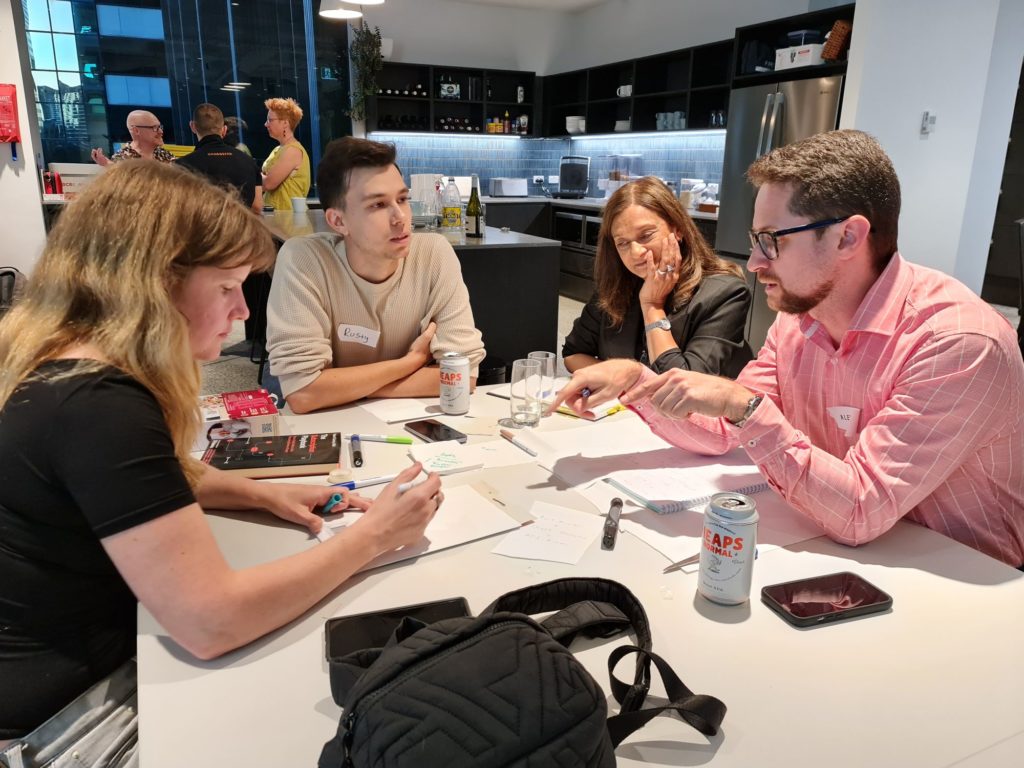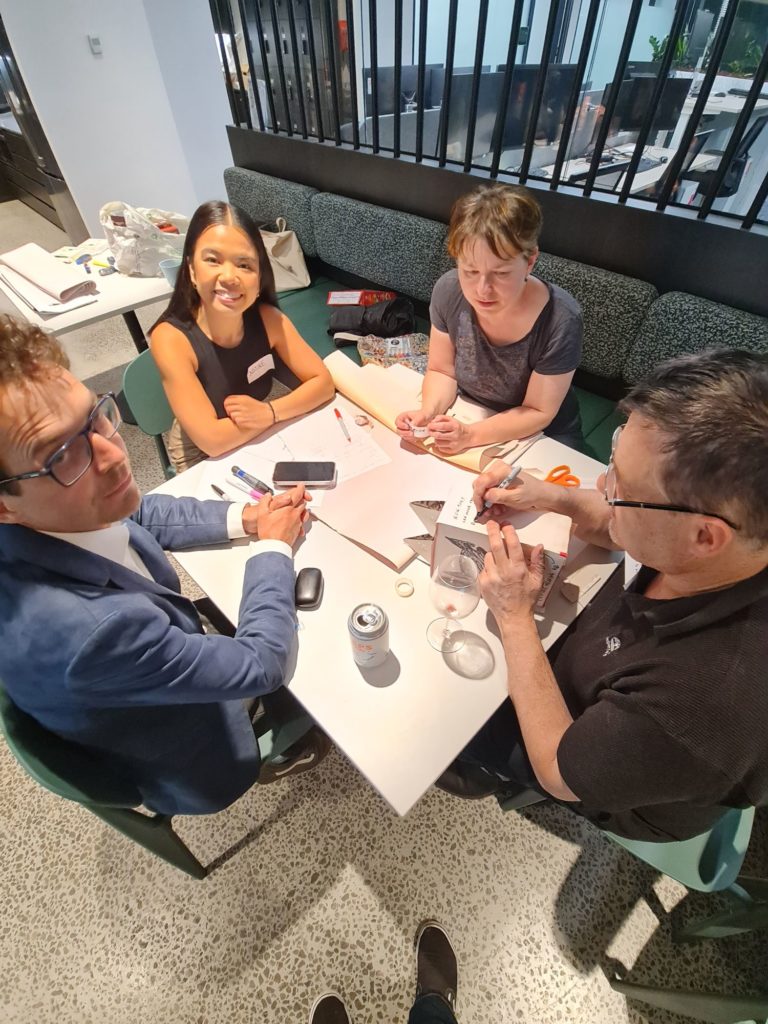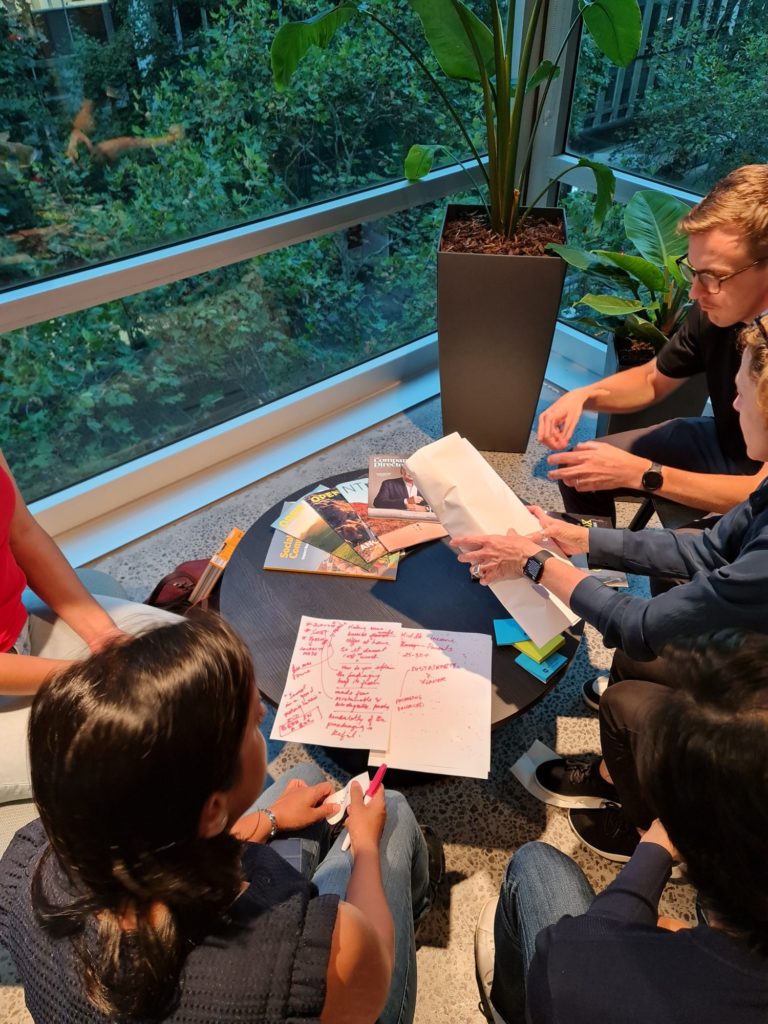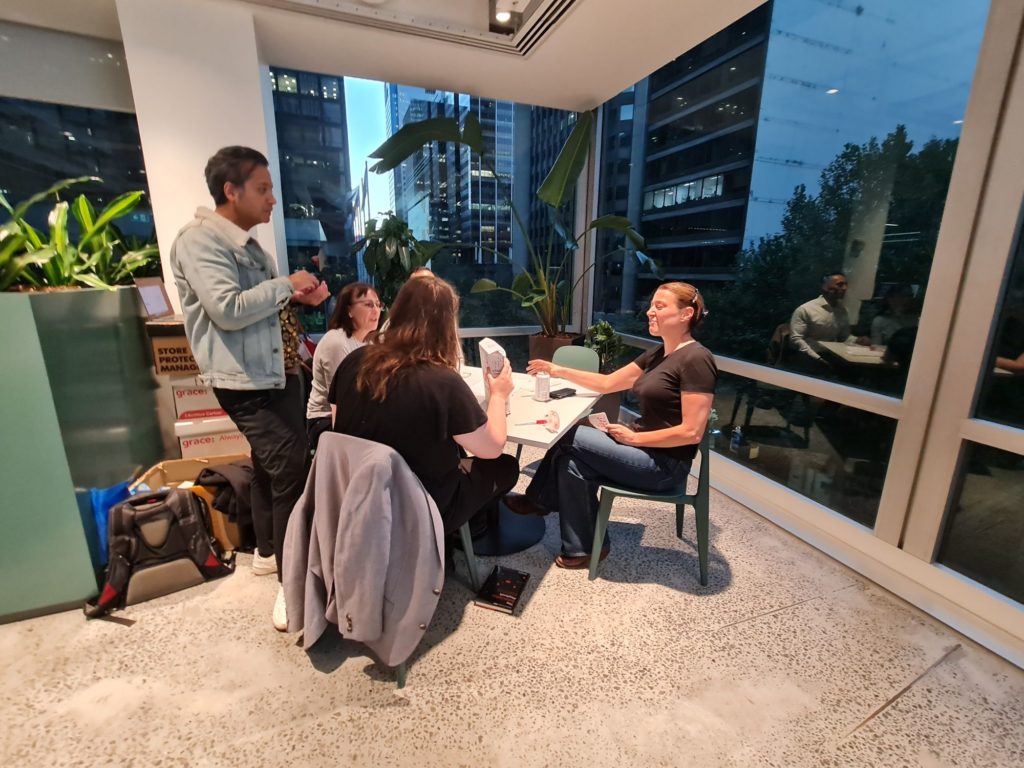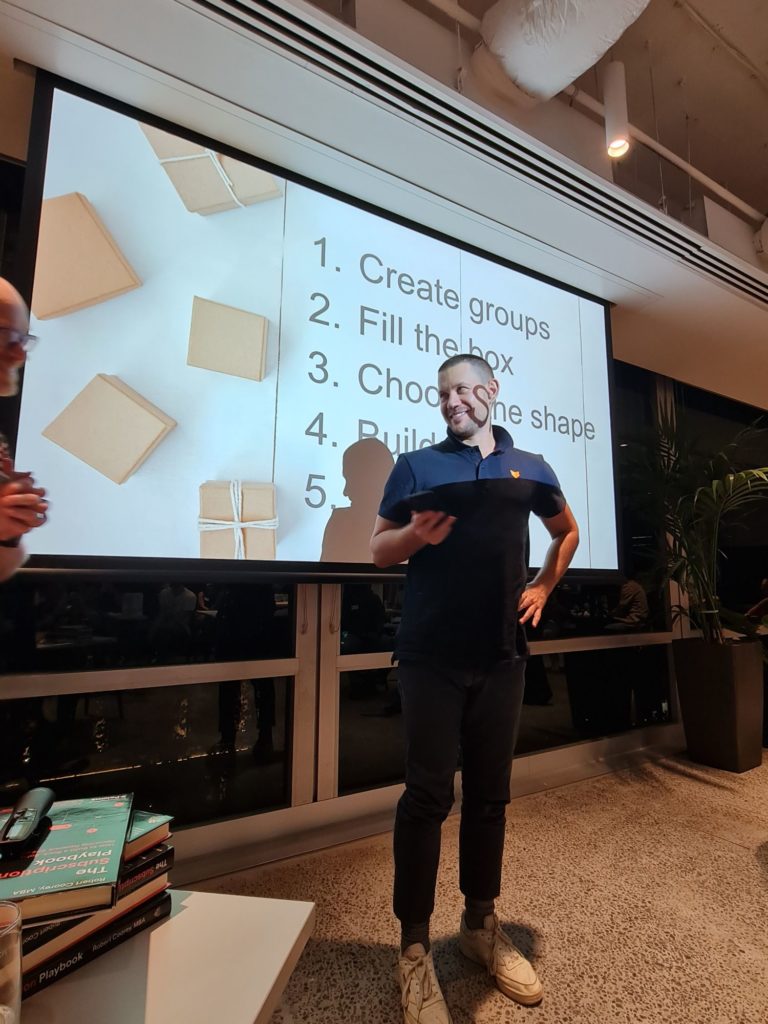We all know there’s a lot of hype around Ai and one of the more recent developments has been the ‘Ai PM’. What is an ‘ai PM’ and how can you become one – or are you already one?
Li Xia, is a product person who’s been building Sondar.ai, his own startup (with ai), and shared a bit of his journey plus broke out 3 different ways to view the ‘ai pm’.
Thank you Li for this fantastic talk including great practical examples of what you’ve been learning and how you’ve been using it within your product!
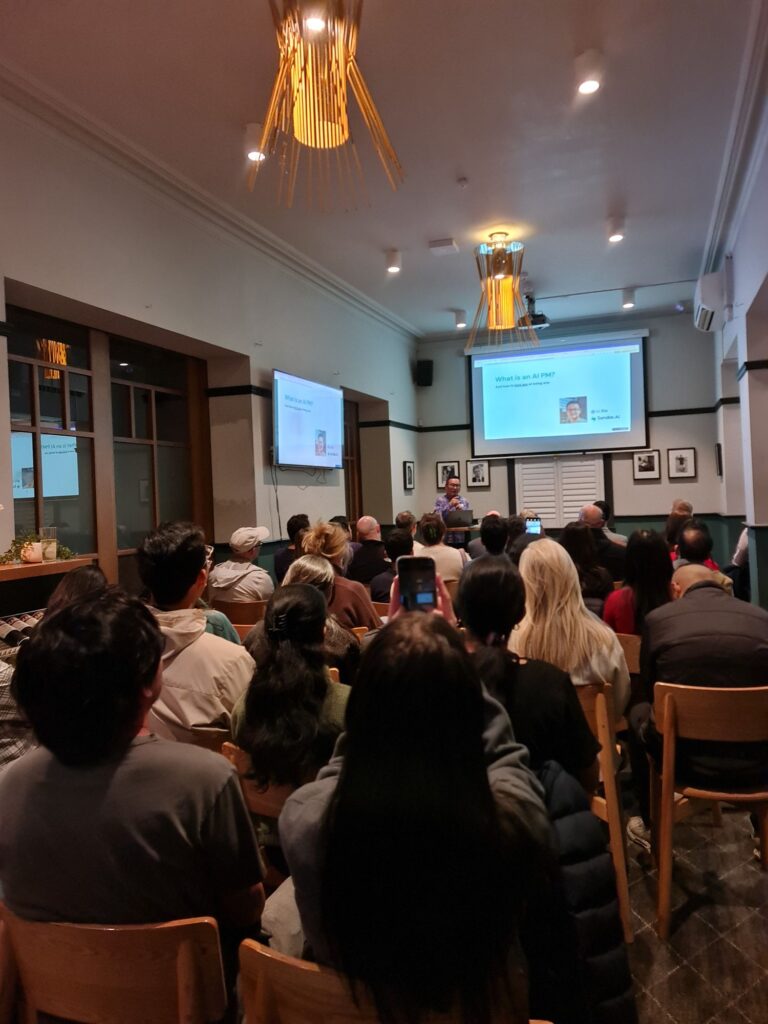
Session Wrap Up:
Adapting a framework from Amar Khan, Li sees the Ai Product Manager as actually 3 different roles.
The Prompt Master
This type of Ai PM use Ai tools to make their existing job easier, faster, more efficient. This could be helping with document creation, prototyping, synthesis, to help brainstorm and more. Based on the show of hands in the room, we’re almost all ai PMs using this lens.
The Foundational Model PM
These are the PMs that work for organisations like OpenAi, Google, Anthropic, etc and build the core tech that others build on. When we’re using the LLMs and APIs like ChatGPT or Claude, we’re building on the work that these product people have made possible.
The Builder
The Builder Ai PM is responsible for creating ai features or products using those off the shelf foundational models to solve our customer problems.
How to move from Prompt Master to Builder
This is where a skill set change is needed and Li stepped us through a playbook of what he’s learned from while working in his startup – sort of like creating your own Iron Man suit.
Setup your Ai Lab
A conversational ai tool like ChatGPT is like driving a car with adaptive cruise control where the computer makes most of the decisions. To truly build, you must use developer tools which let you change the settings and all the knobs that are in the car to adapt them to what you need.
To to so, you need to understand the limitations of the tech, the strengths & weaknesses of the LLM model, tweak the settings, know the cost and drive the output (ie JSON objects).
Li suggests getting hands on with these tools is needed so you can communicate better with your tech team and have a better understanding of constraints.
Build your Ai Brain
The base ai model is a machine without personality or direction. It’s your job to give it a brain, a voice & a personality.
You can do this via system prompts and guardrails which is achieved via system prompts. Li showed us some of the prompts he’s using for functionality within his startup, Sondar.ai. The part of Sondar Li shared wants the system to behave as if it’s a senior UX researcher coach. The prompt defines that persona, ensures it has key context questions and uses specific methodologies .
Because building ai experiences are non-deterministic, it may answer in different ways depending on the input which requires rapid iteration.
Instead of PRDs or similar, Li has been writing a ‘prompt spec’ which he gives to the engineering team. This spec details system prompts, parameters and desired outputs. Sample input and those expected outputs are key.
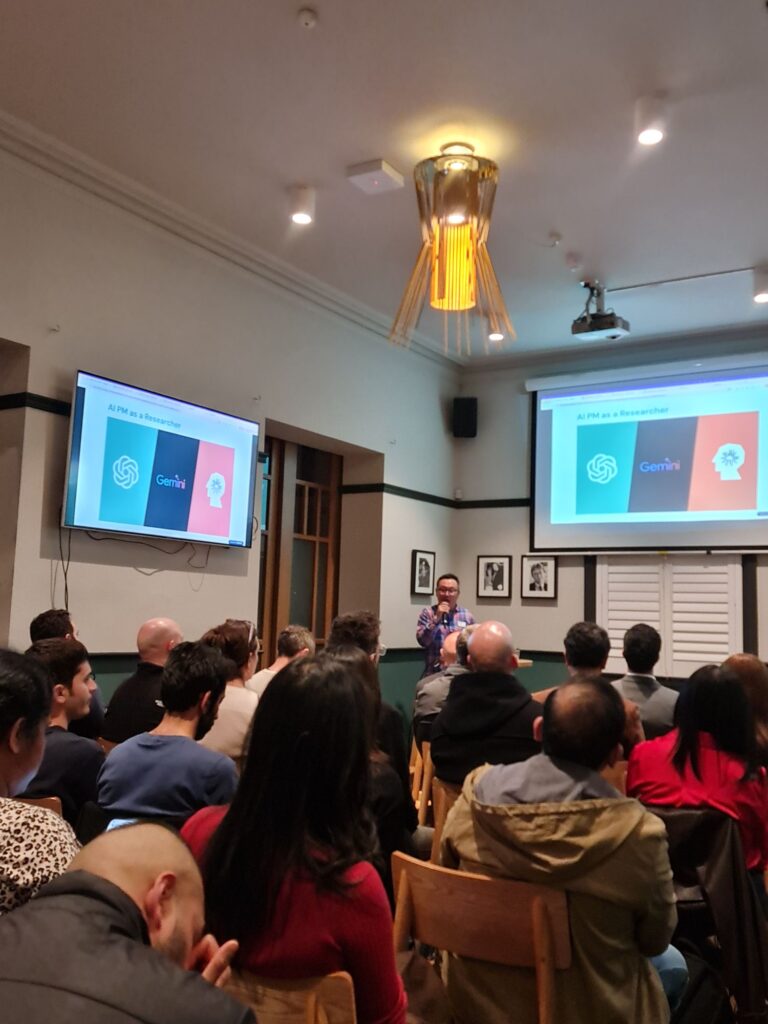
Give Ai its Senses
Dynamic data is the ‘secret sauce’ – prompting is only half of the story.
While everyone has access to the same foundational models, it’s the unique experience you provide in the product that makes it valuable. In order to do that, enriching the ai with your product’s valuable data is how you differentiate your product.
In Sondar, there’s a ‘Ask Ai’ feature which lets you important & transcribes customer interviews so you can talk to your data to get answers & quotes.
Don’t forget about personalising by using dynamic data valriables like names or other context.
Li found learning simple SQL queries to retrieve data and understand popular data formats like JSON & Markdown enabled him to move faster by getting the data he needed to progress without needing to wait on developers to help.
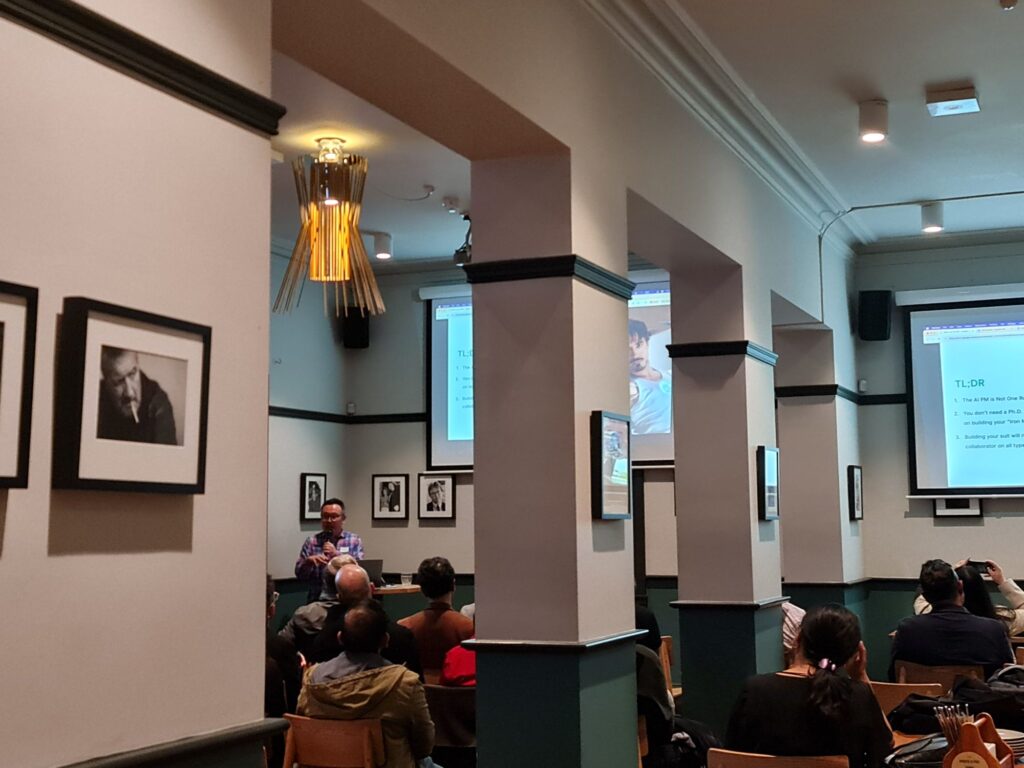
Takeaways
- There’s different ways to define an ‘ai pm’
- You don’t need a PhD to work in this space – focus on building practical skills aka your Iron Man suit
- Having some technical skills will benefit and help you build trust with your tech team. Being able to query data & understanding API calls are at the top of that list.
OUR SPONSOR
Our wonderful sponsors for the evening – Revity!!!

Revity helps startups, scaleups and established organisations deliver product-led quality software outcomes. We partner with businesses to build high-performing teams, uplift engineering capability, and deliver product outcomes that last beyond the project. From applied AI and mobile apps to global expansion and customer lifecycle platforms, we focus on practical, scalable solutions that drive business value. At Revity, we don’t just deliver projects, we empower teams to learn by doing, so organisations grow stronger with every engagement. Follow on Linkedin
